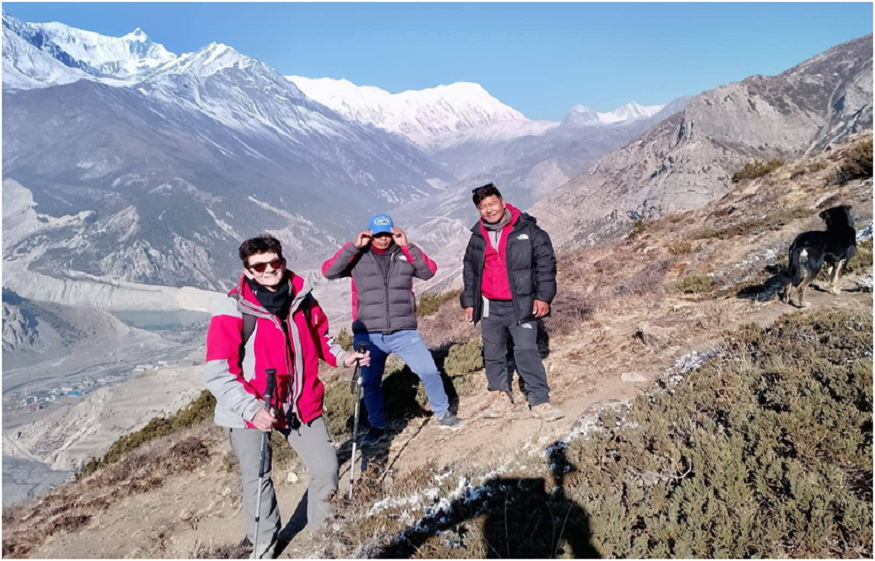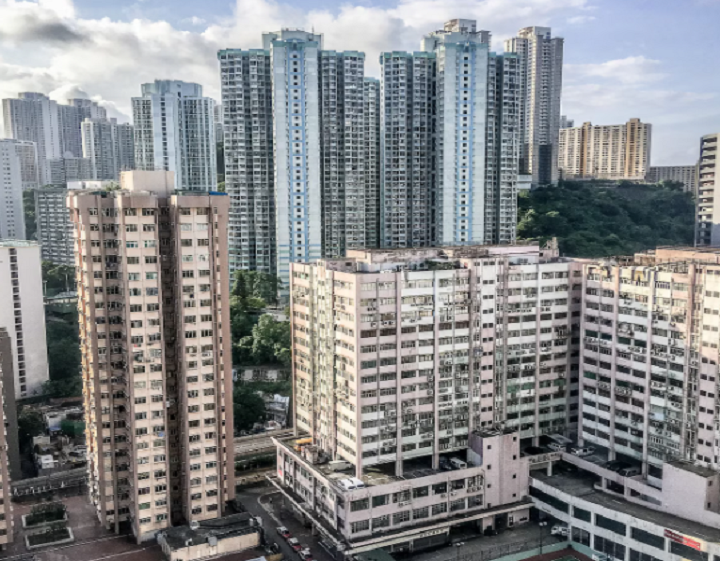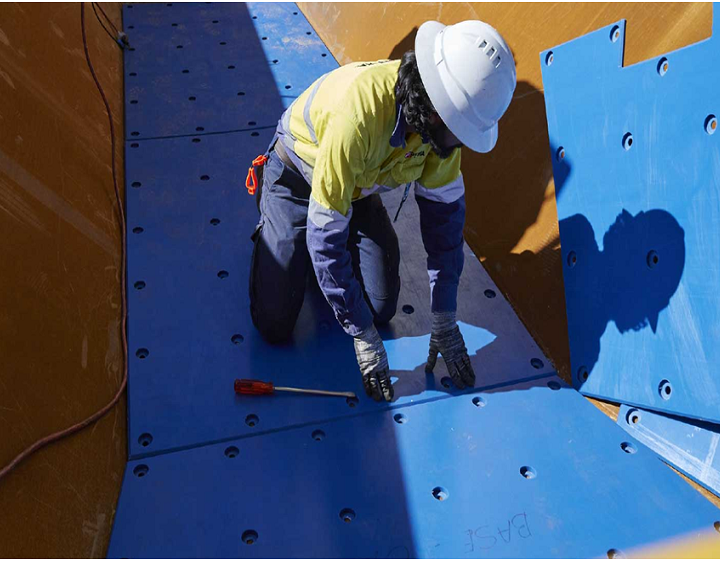To walk in the Nepal Himalayas is like walking in a storybook. Every step gives a new chapter, every trail gives a new feel. In this journey, we talk about three of the most beautiful treks: Pikey Peak Trek, Nar Phu Valley Trek, and Annapurna Circuit Trek. If you go to all three, your legs get tired, but your heart gets full.
Pikey Peak Trek:
The first one we did was Pikey Peak Trek. This one is short but powerful. Not many people go here, so it is very peaceful. You walk through pine forests, open meadows, and old villages. The trail is not hard and not easy; it is in-between. Good to start.
From Dhap you start walking. The first day is a bit tough if there is no training, but I get used to it. You see rhododendrons if you come in spring, like red and pink fire in a green jungle. You meet kind Sherpa people. They smile big and serve warm dal bhat. You sleep in a small teahouse, very basic but cozy.
Then comes Pikey Peak top. You climb early in the morning with a headlamp. The sky is still dark. Then you reach the top, and wow—the sun rises slowly and golden over Everest, Lhotse, Makalu, and many more. It feels like a mountain says “good morning.” The view is crazy good. Some say it is the best Everest view from afar. And it is true.
After that you go down slowly, passing through villages like Jhapre, where you see prayer flags flying and monks chanting in small monasteries. Peaceful place. By the end of the trek, you feel like mountains give you blessings.
Nar Phu Valley Trek:
Now we move to the second trek, Nar Phu Valley. This one is special. Not a normal trail. The valley is near Annapurna but still secret. Not many trekkers go here. It opened to foreigners only after 2003. So still pure.
Nar Phu Valley trek, You start from Koto, near Chame. On the first days you walk inside a narrow gorge, a loud river, and big cliffs. Bridges cross over and under and sometimes look scary but are very strong. You go through a pine forest and pass a yak pasture. Yaks stare like you are a stranger in their land.
After a few days, the valley opened wide. You reach Phu village first. Houses stack like puzzles, people wear thick wool, and prayer wheels spin slowly. You go visit an old monastery on a hill; it feels holy.
Then came Nar. It is also old, but more green around. Between Nar and Phu, you walk through high land, passing chortens and mani walls. Colorful and sacred. Here, you meet a few travelers. So, if you need silence, this is a good place.
Kang La Pass is the hardest part. You climb very early. Snow and wind kiss your face. At the top, you see all the mountains around like gods sitting. You feel small but strong. Then you go down to Ngawal, back to the Annapurna trail. Civilization comes back slowly.
This trek is for a strong heart and body. But if you go, memories stay forever.
Annapurna Circuit Trek:
The last is the big one—Annapurna Circuit trek . It’s like a full storybook. Every day is different, every village unique. A long trek but full of reward.
Starting from Besisahar or Jagat, you walk through lowland rice fields, jungles, and waterfalls. You see monkeys, buffalo, and children playing. Then slowly you go high. Pine forest comes, then bare land. Climate change is like a fast-forward movie.
You pass villages like Chame, Pisang, and Manang. Manang is a resting place. You stay two nights here. Acclimatization, they call it. You can hike to Ice Lake or Gangapurna Lake. The view is wow. Here, a bakery also exists. You can eat apple pie in the middle of nowhere.
Then climb to Yak Kharka and Thorong Phedi. Some cry. Some take pictures. Some hug strangers. The sky is blue, and the flags dance crazily. It feels like victory.
Then you go down to Muktinath. Holy place for Hindus and Buddhists. You feel spiritual.
After that, you walk or jeep to Jomsom, then maybe fly or continue trekking to Tatopani and Ghorepani. Many choices. You can even finish with the Poon Hill sunrise. Or you stop after you pass. This trek is flexible.
How It Feels to Do All Three
Pikey gives silence, a wide view, and Sherpa hospitality. Nar Phu gives hidden trails, old culture, and mystery. Annapurna gives all—river, jungle, desert, snow, villages, pass, and temples.
Physically it needs stamina. Pikey is not so hard, Nar Phu is moderate but lonely, and Annapurna is long and high. It’s best to train before coming. Walk daily, climb stairs, and do squats. Also bring a good boot, sleeping bag, warm jacket, and power bank.
Mentally, it gives peace and power. You feel proud to do these treks. You understand Nepal better. You talk with villagers, eat local food, and drink tea in a smoky kitchen. You get lost on the trail but find yourself.
People You Meet
You do not walk alone. You meet other trekkers from around the world—France, Korea, Brazil, and the USA. Some slow, some fast, but all friendly. You also meet guides and porters. They become like family. They carry bags, tell stories, and make you laugh even when tired.
Sherpa, Gurung, Tibetan, and Thakali people—all have different clothes, foods, and languages. You learn to say “Namaste,” “Dhanyabaad,” and “Tashi Delek.” They smile when you try to speak.
Food and Stay
The food is dal bhat, noodles, momo, pancake, and apple pie. Not fancy but enough. Dal bhat gives power. You eat and say, “Dal Bhat Power 24 Hour.” Tea is hot and sweet. In Nar Phu, sometimes only noodle soup. In Annapurna, there are more choices. Even pizza in Manang.
Stay in a teahouse. Bed with blanket, sometimes cold, sometimes okay. Toilets are sometimes inside, sometimes squat outside. In Nar Phu, it is more basic. In Annapurna, a better lodge. But the view from the window—priceless.
Best Time and Season
Spring (March to May) is colorful. Rhododendron blooms, trail dry. Autumn (September to November) is best—clear sky, great view. Winter cold, some pass close. Monsoon is not good—leeches, rain, landslides.
Plan well. Take a permit—TIMS and ACAP or Nar Phu Restricted Permit. Go with an agency or guide if new. Nar Phu needs a special permit and a mandatory guide.
Why Do All Three?
Because each trek has a different flavor of the same magic land. Pikey shows you quiet beauty. Nar Phu shows you raw and wild. Annapurna shows you the full picture. When you do it all, you carry your full heart. My legs may hurt, but my soul feels alive.
Nepal is not just a place. It is a feeling. And these three treks give that feeling in full.
Conclusion
So, if you want to go deep into the Himalayas and yourself, take this journey. Pikey Peak Trek, Nar Phu Valley Trek, and Annapurna Circuit Trek—each one takes you higher, deeper, and stronger. You don’t need to be an expert climber. I just need good shoes, an open heart, and the will to walk.
What is it like to trek all three? It is like meeting three friends who change your life. You start walking with a question but return with an answer. You go for the mountain but come back with a story.
Contact Details
Company address: Everest Trekking Routes Pvt. Ltd.
16 Khumbu, Nayabazaar, Kathmandu, Nepal
Mobile : +977-9843467921 (Rabin)
Email: info@everesttrekkingroutes.com
URL:– www.everesttrekkingroutes.com






